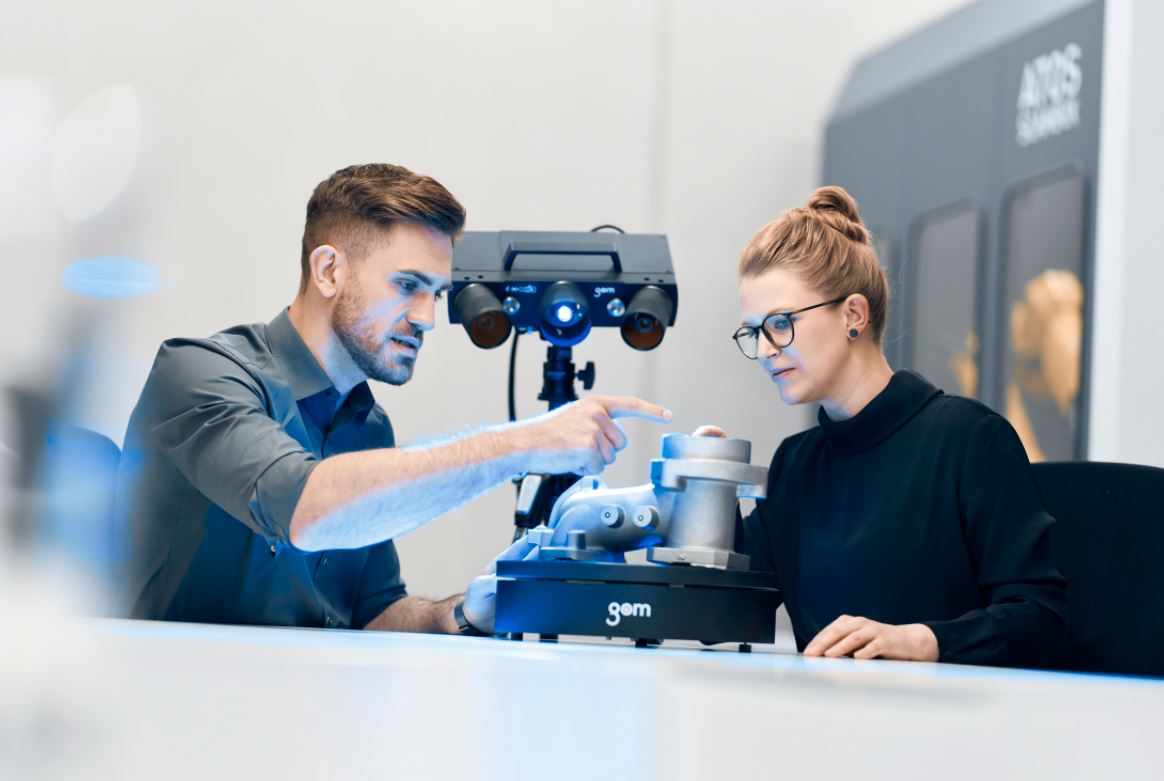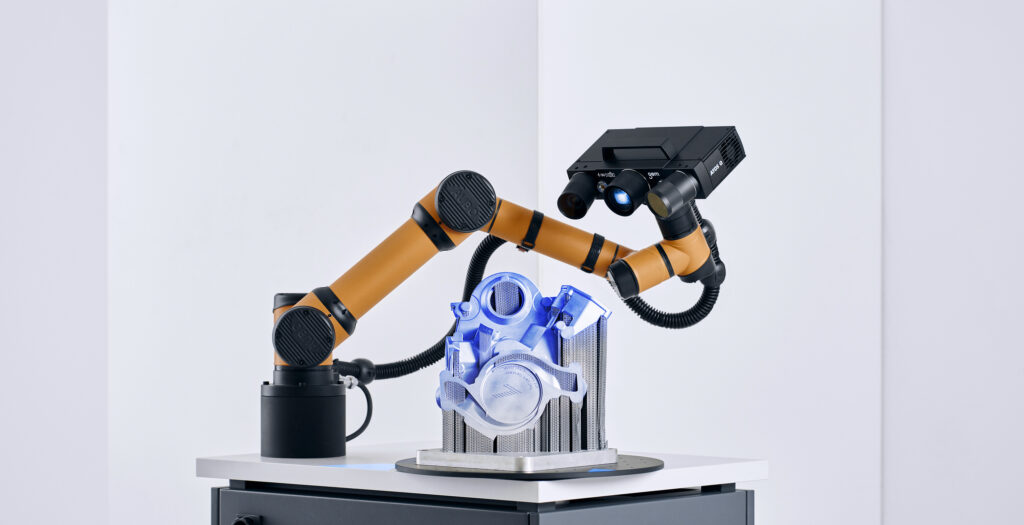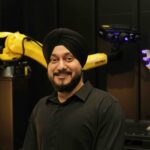
11 Feb Top 3 trends transforming 3d measurement
Firstly, what is 3d Scanning?
3D scanning involves the full field digital data capture of the physical attributes of a part. This is done by capturing millions of surface data points using sophisticated light sources projected onto the geometries’ surface. Several individual scans are taken from different locations, similar to the process of taking photographs, which enables the part to be fully described in the resultant data set. Over the years, there have been a multitude of changes in the industry. Some of which involve the changes to data capture methods. These involve recent advances in projector and camera technologies. This has resulted in an incredible increase in the quality of data and a massive reduction in the data capture time. In this article, we will look at the top 3 trends transforming 3d scanning today.Optical metrology replacing tactile measurement – trends toward non-contact field of view
Optical measurement systems offer full-field measurement rather than tactile, discrete point capture. Using a 3D scanning system results in a much broader understanding of any given parts physical attributes. It is possible to capture in a very quick period, large amounts of data describing every inspected feature. 3D scanning systems are now able to compete and, in most cases, exceed tactile measurement on both speed of data capture as well as the accuracy of that data. Products like the GOM ATOS Q offer multiple measurement volumes which give the flexibility to measure a wide range of parts and surfaces.Moving from manual towards automation
Over the years, there has been a significant trend towards automation in 3d metrology. By automating data capture, companies are moving closer to industry 4.0 and realizing the benefits of time saving, repeatability, process control and accuracy.


